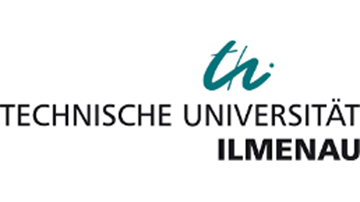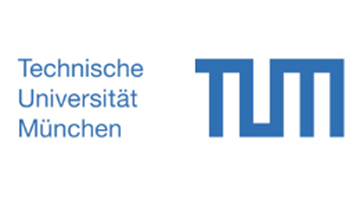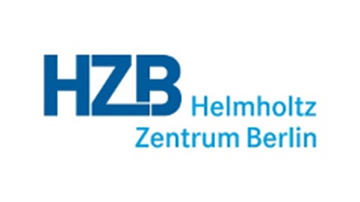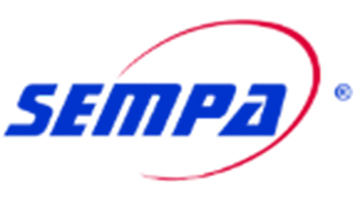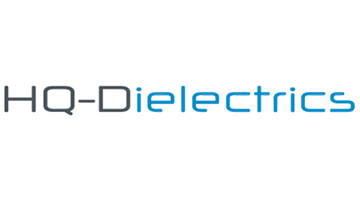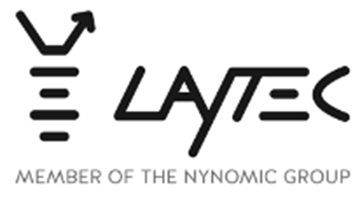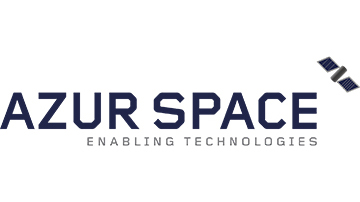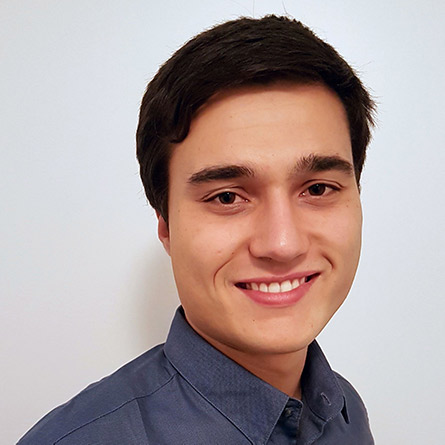© Dr. Fatwa F. Abdi Helmholtz-Zentrum Berlin für Materialien und Energie GmbH
In Short
About the project
The aim of the H2Demo project is to produce the first large-scale demonstrators for direct solar hydrogen production. This is the absorption of sunlight in a semiconductor structure that generates a sufficiently large photovoltage > 1.6 volts to decompose water directly into hydrogen and oxygen. In the project, particularly promising tandem absorbers made of GaAsP/Si are being developed, which have the best chances of economic viability in combination with high efficiency and scalability.
Work Packages
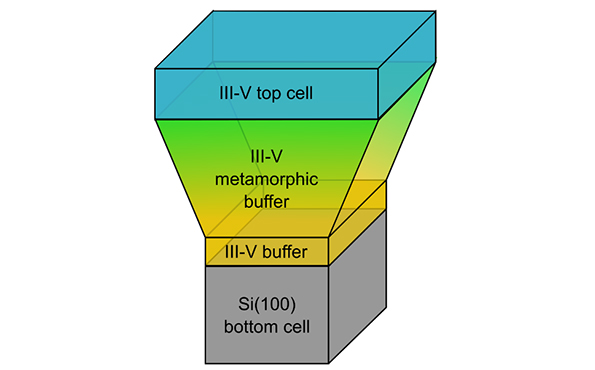
Students
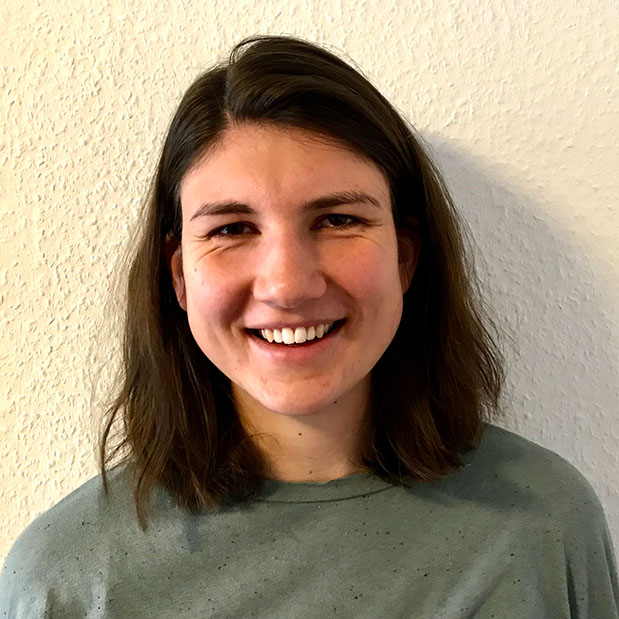


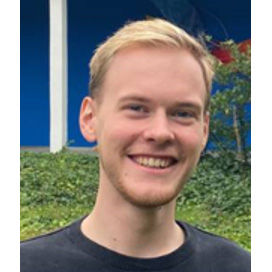
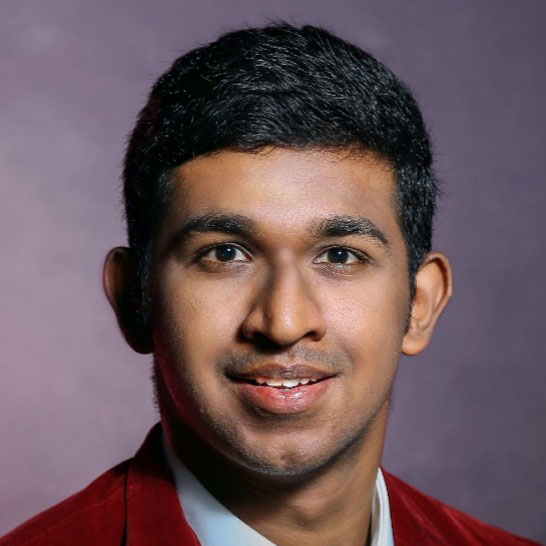
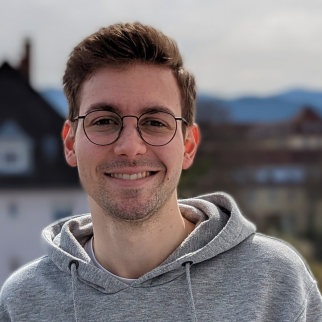



Publications
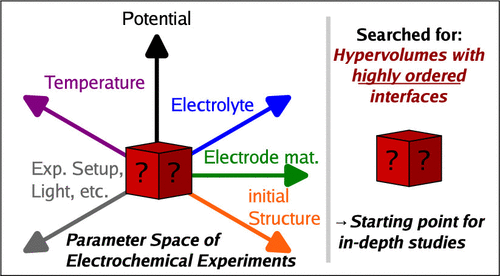
Seeking Order in Complex Electrochemical Interfaces: Insights for Energy Conversion Devices
Matthias M. May
ACS Energy Letters
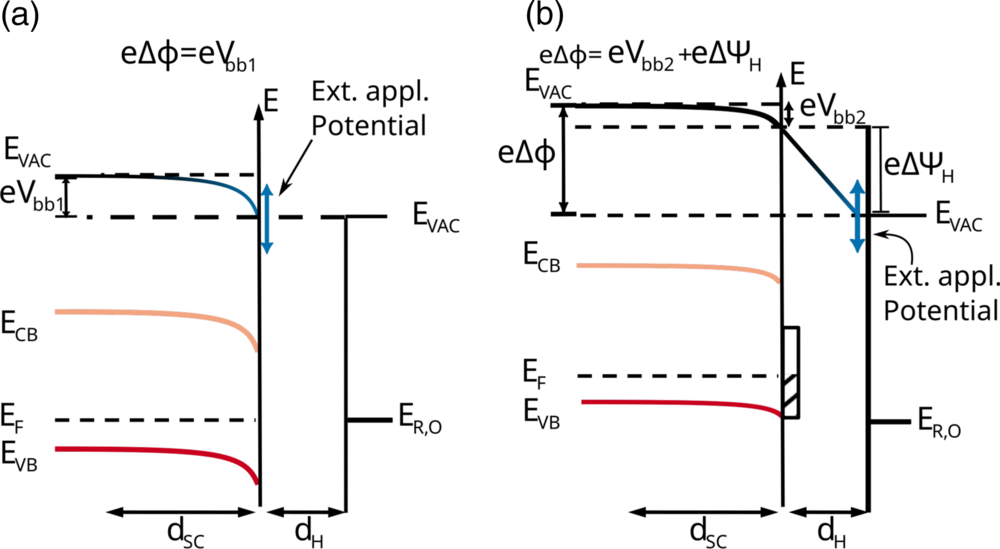
Observation and Control of Potential-Dependent Surface-State Formation at a Semiconductor-Electrolyte Interface via Optical Anisotropy
Marco Flieg, Margot Guidat, Matthias M. May
APS Journals
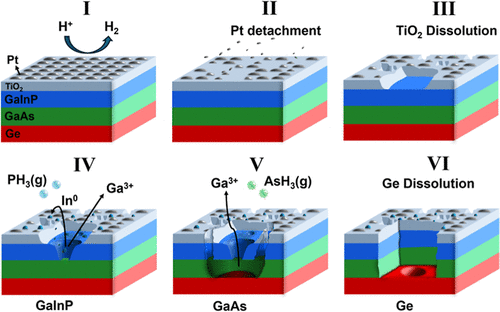
Unassisted PEC Water Splitting Using III−V Multijunction Photoabsorbers: Insights into the Degradation Mechanism
Diwakar Suresh Babu, Sven Schneider, Tim Rieth, Ian D. Sharp, and Roel van de Krol
Applied Energy Materials
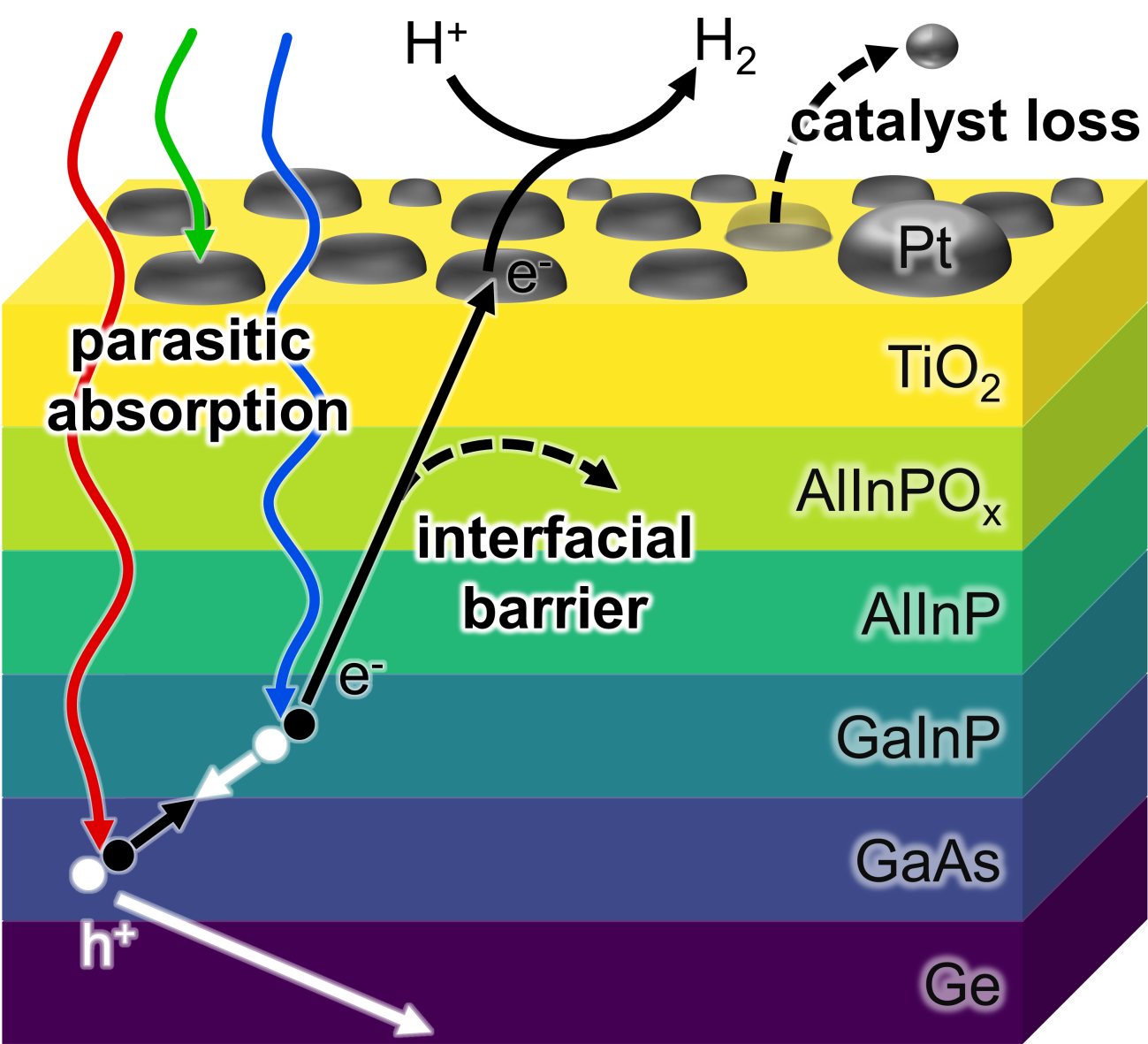
Enhancing Direct Solar Water Splitting via ALD of Multifunctional TiO2/Pt Nanoparticle Coatings With Engineered Interfaces to GaAs/GaInP Tandem Cells
Tim F. Rieth, Verena Streibel, Oliver Bienek, Sergej Levashov, Johannes Dittloff, Kristof Möller, Johanna Eichhorn, Matthias M. May, and Ian D. Sharp*
Advanced Functional Materials e05106 (1-15)
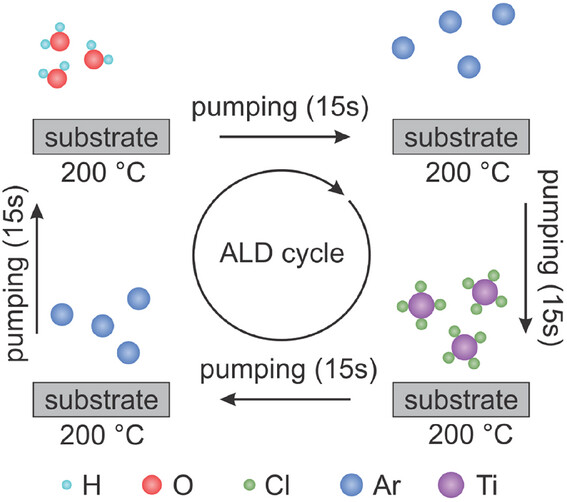
Composition and Resulting Band Alignment at the TiO2/InP Heterointerface: A Fundamental Study Combining Photoemission Spectroscopy and Theory
Mohammad Amin Zare Pour, Muhammad Nawaz Qaisrani, Christian Höhn, Johannes Laurenz Wolf, Negin Mogharehabed, Jennifer Velazquez Rojas, Wolfram Jaegermann, Erich Runge, Roel van de Krol, Thomas Hannappel, Christian Dreßler, Agnieszka Paszuk
Advanced Functional Materials, 2506105
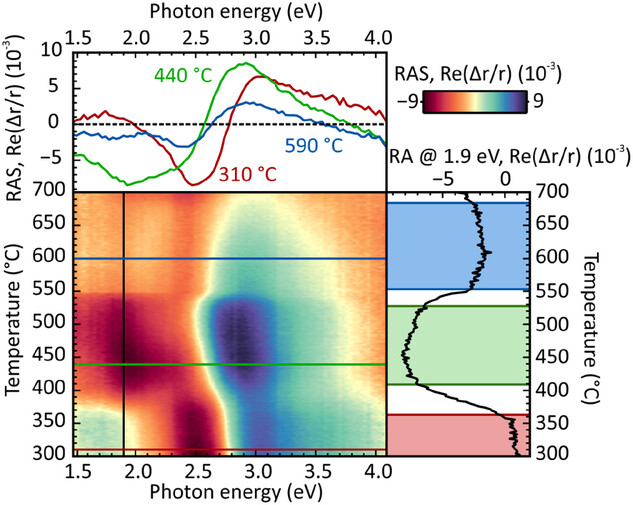
Exploring Electronic States and Ultrafast Electron Dynamics in AlInP Window Layers: The Role of Surface Reconstruction
Mohammad Amin Zare Pour, Sahar Shekarabi, Isaac Azahel Ruiz Alvarado, Jonathan Diederich, Yuyings Gao, Agnieszka Paszuk, Dominik C. Moritz, Wolfram Jaegermann, Dennis Friedrich, Roel van de Krol, Wolf Gero Schmidt, Thomas Hannappel
Advanced Functional Materials, 35, 2423702
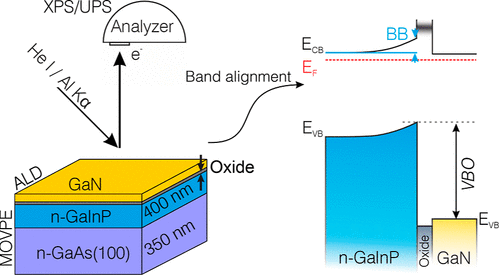
Photoemission Study of GaN Passivation Layers and Band Alignment at GaInP(100) Heterointerfaces
Sahar Shekarabi, Mohammad Amin Zare Pour, Haoqing Su, Wentao Zhang, Chengxing He, Kai Daniel Hanke, Oleksandr Romanyuk, Agnieszka Paszuk, Wolfram Jaegermann, Shu Hu, Thomas Hannappel
ACS Applied Materials & Interfaces, Vol 17/Issue 4
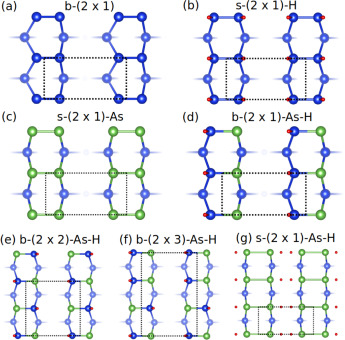
Surface structure of MOVPE-prepared As-modified Si(100) substrates
Chris Yannic Bohlemann, Aaron Flötotto, Agnieszka Paszuk, Manali Nandy, Max Großmann, Oleksandr Romanyuk, Kai Daniel Hanke, Aaron Gieß, Peter Kleinschmidt, Erich Runge, Thomas Hannappel
Applied Surface Science, Volume 675, 160879

Water Vapor Interaction with Well-Ordered GaInP(100) Surfaces
David Ostheimer, Christian Dreßler, Max Großmann, Mohammad Amin Zare Pour, Sahar Shekarabi, Kai Daniel Hanke, Juliane Koch, Agnieszka Paszuk, Erich Runge, Thomas Hannappel
The Journal of Physical Chemistry, Vol 128/Issue 46
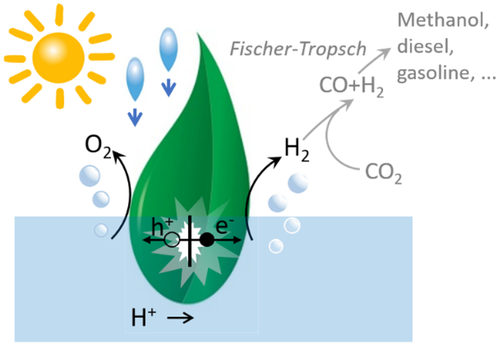
Integration of multi-junction absorbers and catalysts for efficient solar-driven artificial leaf structures: a physical and materials science perspective
T. Hannappel, S. Shekarabi, W. Jaegermann, E. Runge, J.P. Hofmann, R. van de Krol, M.M. May, A. Paszuk, F. Hess, A. Bergmann, A. Bund, C. Cierpka, C. Dreßler, F. Dionigi, D. Friedrich, M. Favaro, S. Krischok, M. Kurniawan, K. Lüdge, Y. Lei, B. Roldan Cuenya, P. Schaaf, R. Schmidt-Grund, W.G. Schmidt, P. Strasser, E. Unger, M.V. Montoya, D. Wang, H. Zhang
Solar RRL 8 (2024) 2301047 (1-49)
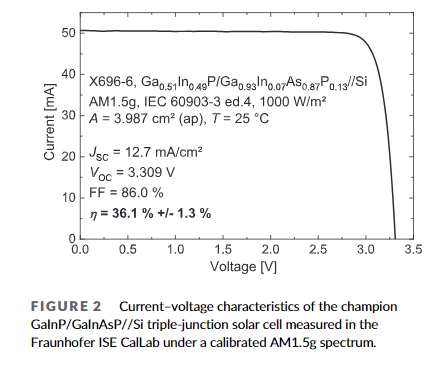
Wafer-bonded two-terminal III-V//Si triple-junction solar cell with power conversion efficiency of 36.1% at AM1.5g
Patrick Schygulla, Ralph Müller, Oliver Höhn, Michael Schachtner, David Chojniak, Andrea Cordaro, Stefan Tabernig, Benedikt Bläsi, Albert Polman, Gerald Siefer, David Lackner, Frank Dimroth
Progress in Photovoltaics: Research and Applications
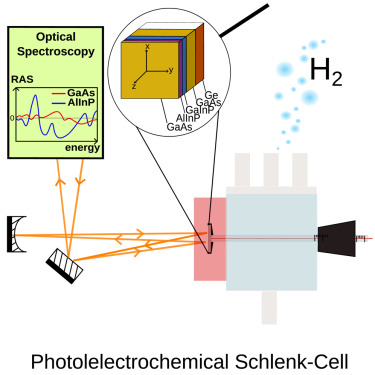
Photoelectrochemical Schlenk cell functionalization of multi-junction watersplitting photoelectrodes
Erica A. Schmitt, Margot Guidat, Max Nusshör, Anna-Lena Renz, Kristof Möller, Marco Flieg, Daniel Lörch, Moritz Kölbach, Matthias M. May
Cell Reports Physical Science
Blog
News from the project



